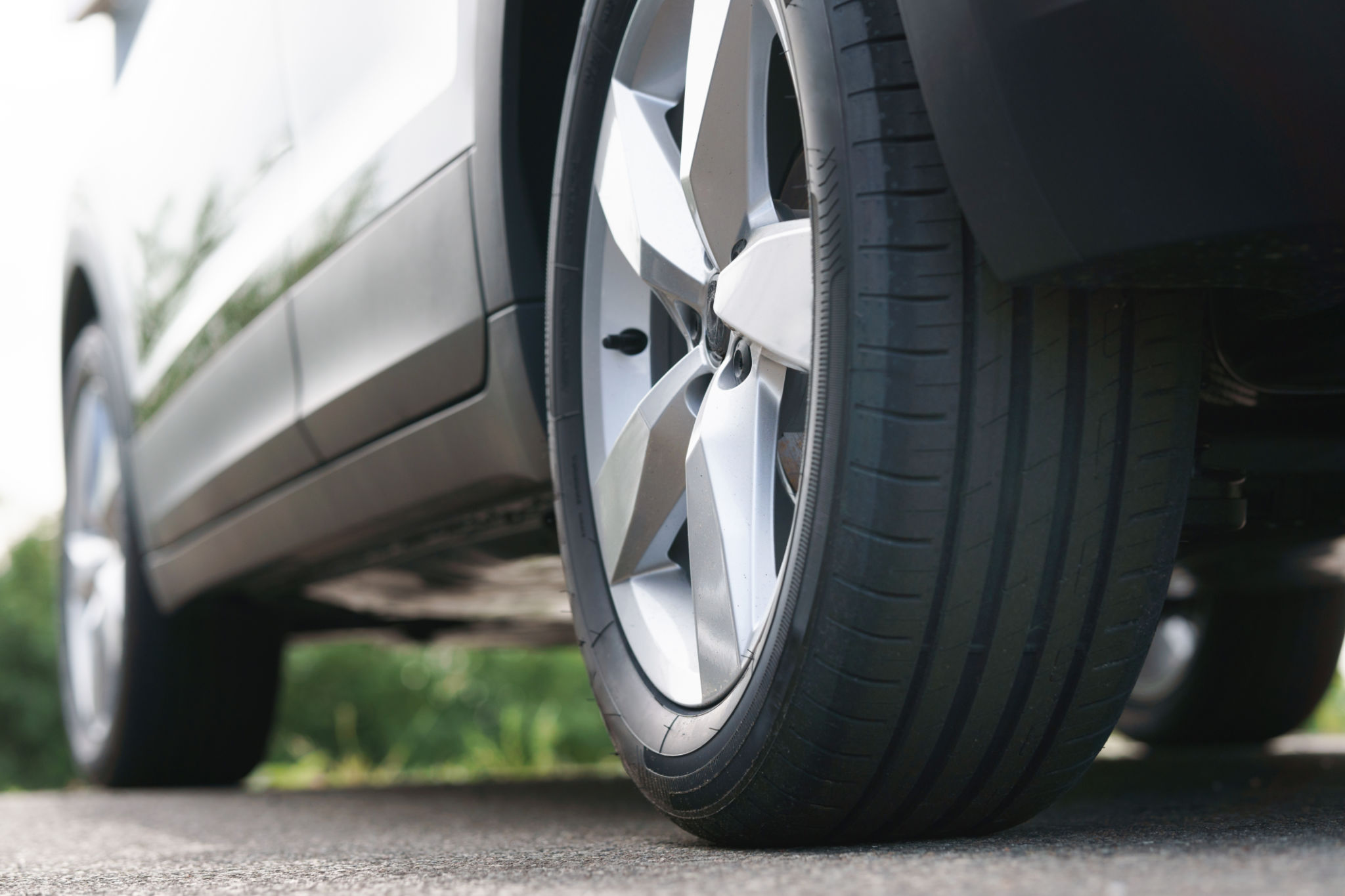Understanding Tire Pressure: A Simple Guide for Better Fuel Efficiency
Why Tire Pressure Matters
Maintaining the correct tire pressure is not just about ensuring your car runs smoothly; it significantly impacts your vehicle's fuel efficiency. Properly inflated tires reduce rolling resistance, which means your engine doesn't have to work as hard. This translates into better gas mileage, saving you money at the pump.

How to Check Tire Pressure
Checking your tire pressure is a simple process that can be done at home or at any gas station. All you need is a reliable tire pressure gauge. Follow these steps to ensure your tires are properly inflated:
- Ensure your tires are cold, ideally before you've driven or at least three hours after driving.
- Remove the valve cap from one of your tires.
- Press the tire pressure gauge onto the valve stem and read the pressure.
- Compare this reading with the recommended pressure found in your vehicle’s manual or on the sticker inside the driver's door.
- Add or release air as needed, then recheck the pressure.
Understanding PSI and Its Importance
Tire pressure is measured in pounds per square inch (PSI). The recommended PSI varies depending on the type of vehicle and tire. It's crucial to adhere to these recommendations for optimum performance. Under-inflated tires can cause unnecessary wear and increase fuel consumption, while over-inflated tires might lead to a bumpy ride and reduce traction.

The Impact of Temperatures on Tire Pressure
Temperature fluctuations can affect tire pressure. In colder weather, air contracts, often leading to a decrease in tire pressure. Conversely, in warmer weather, air expands, which can increase the pressure. Regularly checking your tire pressure in different seasons can prevent unexpected issues and keep your ride smooth and safe.
Benefits of Proper Tire Pressure
Riding on properly inflated tires offers several benefits beyond fuel efficiency. It enhances safety by reducing the risk of tire blowouts and improves handling, giving you more control over your vehicle. Moreover, it extends the lifespan of your tires, saving you money on replacements.

Tools and Gadgets for Maintaining Tire Pressure
Investing in a good quality tire pressure gauge is essential for regular maintenance. Digital gauges offer more accurate readings compared to their analog counterparts. Additionally, portable air compressors can be a smart purchase for those who prefer to maintain their tires without frequent visits to the gas station.
Common Mistakes to Avoid
Many vehicle owners tend to overlook tire maintenance until they face a problem. Common mistakes include neglecting regular checks, ignoring slow leaks, and relying solely on visual checks. Always ensure a proper routine to avoid these pitfalls.
Conclusion: A Simple Step for Better Efficiency
Understanding and maintaining the correct tire pressure is a straightforward yet crucial step towards achieving better fuel efficiency and overall vehicle performance. Regular checks and adjustments can lead to significant savings and ensure a safer driving experience. Start incorporating this habit into your car maintenance routine today for a smoother ride tomorrow.